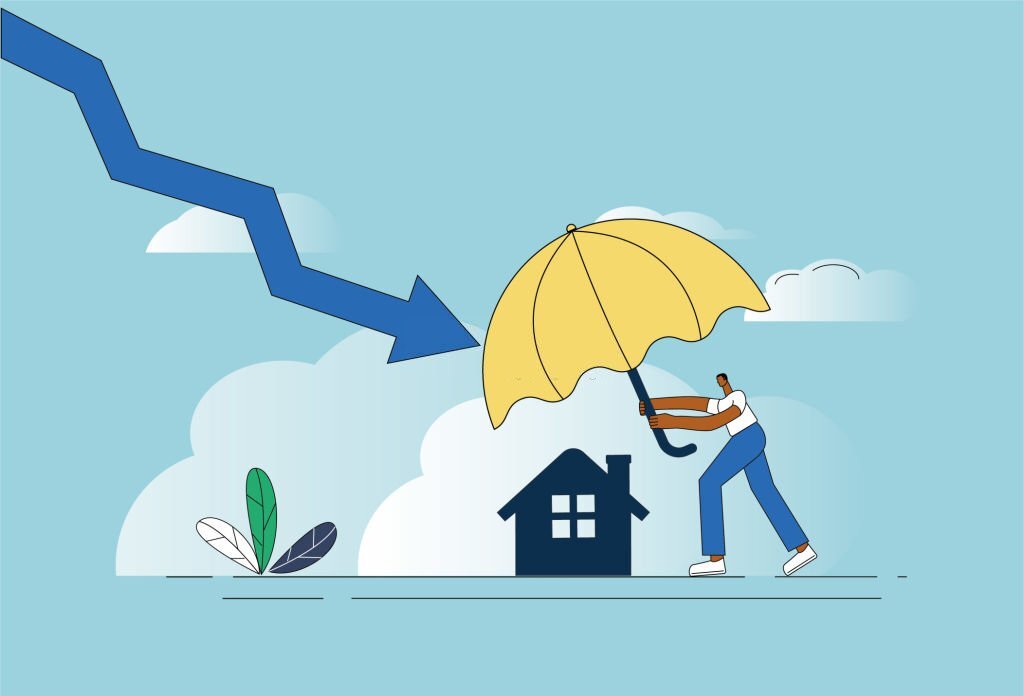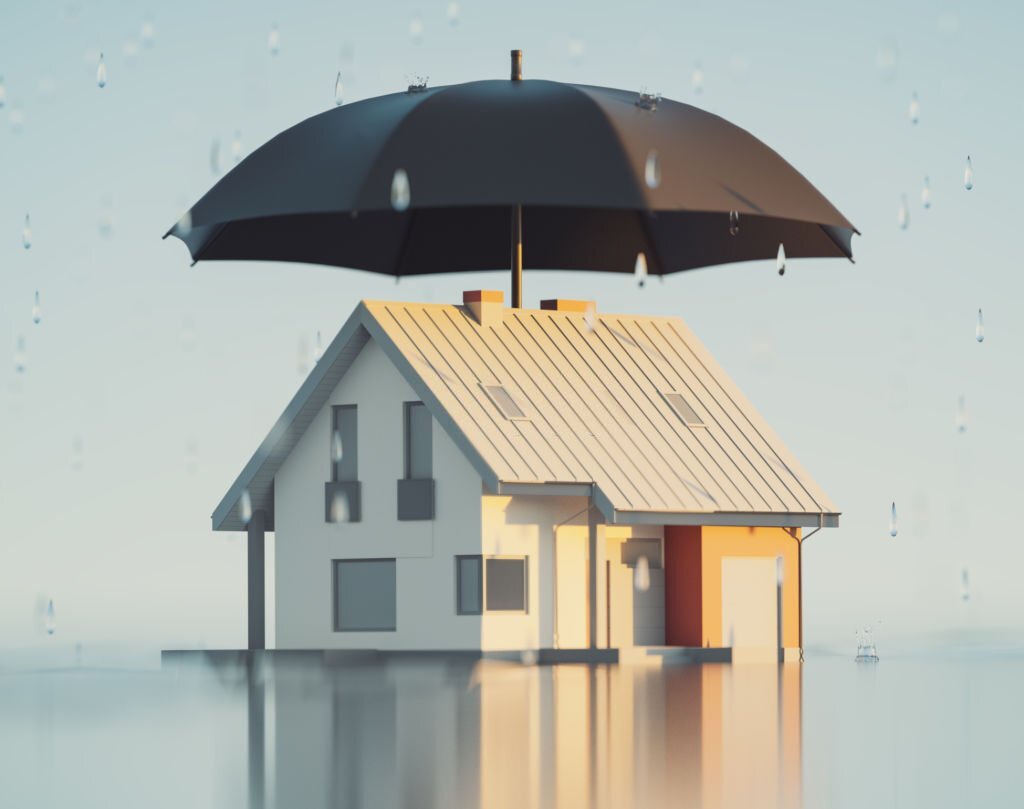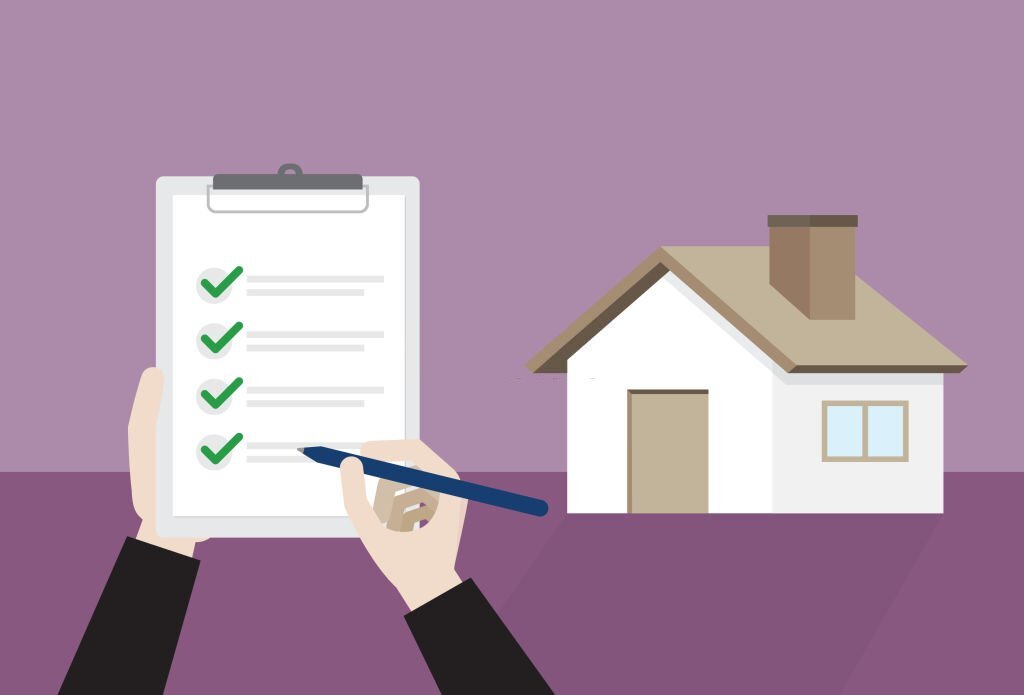From Risk to Resilience: How Home Insurance Can Safeguard Your Biggest Investment
Home is where the heart is, and for many of us, it’s also our most significant investment. Whether you’ve just purchased your dream home or have lived in it for years, it’s essential to protect your valuable asset from unforeseen risks and potential disasters. This is where home insurance comes into play. In this article, we’ll delve into the world of home insurance, exploring its importance, coverage options, factors to consider, and how it can help you build resilience against unexpected events.

1. Introduction
Owning a home is a cherished accomplishment, representing years of hard work and financial stability. However, it’s crucial to acknowledge the potential risks that can put your investment in jeopardy. From natural disasters to burglaries, accidents, and liability claims, a variety of threats can arise at any moment. Home insurance serves as a safety net, providing financial protection and peace of mind when the unexpected occurs.
2. Understanding the Importance of Home Insurance
What is home insurance?
Home insurance is a contract between you and an insurance provider that safeguards your home and its contents against damage or loss caused by covered perils. It offers financial protection by compensating you for the repair or replacement costs if your home or belongings are damaged due to covered events.
Why is it important?
Having home insurance is vital because it shields you from substantial financial losses that can arise from unpredictable events. If a disaster strikes, such as a fire or severe storm, the cost of rebuilding or repairing your home can be exorbitant. Without insurance, you could be left shouldering the burden of these expenses, potentially causing significant financial strain or even forcing you to abandon your home altogether.
3. Types of Home Insurance Coverage
When selecting a home insurance policy, it’s crucial to understand the different types of coverage available. Here are three primary components:
Dwelling coverage
Dwelling coverage protects the physical structure of your home. It typically covers damages caused by perils such as fire, lightning, windstorms, and vandalism. In the event of a covered loss, your insurance provider will help cover the cost of rebuilding or repairing your home.
Personal property coverage
Personal property coverage safeguards your
belongings within your home, including furniture, appliances, electronics, and clothing. If these items are damaged, stolen, or destroyed due to covered perils, your insurance policy will reimburse you for their value, up to a specified limit.
Liability coverage
Liability coverage protects you in case someone is injured on your property or if you accidentally cause damage to someone else’s property. It covers legal expenses and medical bills if you’re found responsible for the injuries or damages. Liability coverage also extends beyond your property, providing coverage for incidents that occur outside your home.
4. Factors to Consider When Choosing Home Insurance
Selecting the right home insurance policy requires careful consideration of various factors. Here are some essential aspects to keep in mind:
Location and risk factors
The location of your home plays a crucial role in determining the risks it may face. For example, if you live in an area prone to wildfires or hurricanes, you’ll need specific coverage to protect against these perils. Understanding the unique risks associated with your location will help you choose the appropriate coverage options.
Coverage limits and deductibles
It’s essential to evaluate the coverage limits offered by different insurance policies. The coverage limit represents the maximum amount your insurer will pay for a covered loss. Additionally, consider the deductible, which is the amount you’re responsible for paying out of pocket before your insurance coverage kicks in. Finding the right balance between coverage limits and deductibles is crucial to ensure adequate protection without breaking your budget.
Additional endorsements
Some insurance providers offer additional endorsements or riders that allow you to customize your coverage. These endorsements provide extra protection for specific items or perils not covered under a standard policy. Examples include coverage for high-value jewelry, sewer backup, or identity theft. Review these options carefully and determine if any are necessary based on your needs.
5. Assessing the Value of Your Home
To ensure you have adequate home insurance coverage, it’s important to assess the value of your property accurately. Here are two key methods to determine your home’s value:
Home appraisal
A professional home appraisal provides an unbiased assessment of your home’s value, considering factors such as its size, location, condition, and features. Appraisals are typically conducted by certified appraisers and help establish an accurate replacement cost for insurance purposes.
Replacement cost estimation
Alternatively, you can estimate the replacement cost of your home by calculating the cost to rebuild it from the ground up. This estimation takes into account the current construction costs, materials, and labor. It’s crucial to update this estimation periodically to reflect changes in the construction industry and ensure you have adequate coverage.
6. Mitigating Risks and Preventing Losses
While home insurance provides financial protection, taking steps to mitigate risks and prevent losses is equally important. Here are some measures you can implement:
Home security systems
Installing a reliable home security system with alarms, surveillance cameras, and motion sensors can deter burglars and reduce the risk of theft. Some insurance providers even offer discounts on premiums for homes equipped with security systems.
Fire prevention measures
Implementing fire prevention measures can significantly reduce the likelihood of a devastating fire. Ensure your home has working smoke detectors on each floor, install fire extinguishers in easily accessible locations, and have a fire escape plan in place for your family.
Disaster preparedness
Depending on your location, you may be at risk of natural disasters such as hurricanes, earthquakes, or floods. Prepare for these events by creating an emergency kit, securing important documents, and having a plan in place to evacuate if necessary. Familiarize yourself with local emergency protocols and stay informed about potential hazards.

7. Understanding Policy Exclusions and Limitations
While home insurance provides
financial protection, it’s important to understand the policy exclusions and limitations. Here are some common factors to consider:
Common exclusions
Insurance policies have certain exclusions, which are specific events or circumstances not covered by the policy. Examples of common exclusions include flood damage, earthquake damage, wear and tear, and damage caused by pests. It’s crucial to review these exclusions carefully and consider additional coverage options if needed.
Additional coverage options
If your home is located in an area prone to certain perils like floods or earthquakes, you may need to purchase separate insurance coverage to protect against these risks. Additional coverage options, known as riders or endorsements, can be added to your policy to provide specific protection beyond the standard coverage.
8. The Claims Process and Home Insurance Benefits
Understanding the claims process and the benefits provided by home insurance is essential. Here’s an overview of what to expect:
Filing a claim
In the unfortunate event of damage or loss, it’s crucial to contact your insurance provider as soon as possible to initiate the claims process. Provide detailed information about the incident and any supporting documentation required. An insurance adjuster will assess the damage and guide you through the next steps.
Rebuilding and repairs
If your home is damaged, your insurance policy will cover the cost of repairs or rebuilding, up to the coverage limits specified in your policy. It’s important to keep records of any expenses incurred during the rebuilding process, such as temporary accommodations or additional living expenses.
Additional living expenses
In cases where your home is temporarily uninhabitable due to covered damage, your insurance policy may provide coverage for additional living expenses. This coverage helps pay for temporary accommodations, meals, and other necessary expenses while your home is being repaired.
9. Tips for Lowering Home Insurance Premiums
While home insurance is crucial for safeguarding your investment, there are ways to lower your premiums without compromising on coverage. Consider the following tips:
Bundling policies
Many insurance companies offer discounts when you bundle multiple policies with them, such as combining your home and auto insurance. Bundling can result in significant savings on your premiums.
Home improvements
Investing in home improvements can help reduce risks and lower your insurance premiums. For example, installing impact-resistant windows, upgrading your electrical systems, or reinforcing your roof can make your home more resistant to damage from storms or other perils.
Maintaining a good credit score
Believe it or not, your credit score can influence your home insurance premiums. Maintaining a good credit score demonstrates financial responsibility and may result in lower premiums. Pay your bills on time, keep your credit utilization low, and regularly review your credit report for any errors.
10. The Role of Home Insurance in Building Resilience
Home insurance plays a crucial role in building resilience by providing financial protection and peace of mind. It acts as a safety net, allowing homeowners to recover from unexpected events without suffering severe financial hardships. By having the right coverage and taking preventive measures, homeowners can face challenges with greater confidence, knowing they have the support they need to rebuild and recover.

11. Conclusion
Protecting your biggest investment, your home, is of utmost importance. Home insurance serves as a vital tool in safeguarding your property, belongings, and financial well-being. By understanding the importance of home insurance, evaluating coverage options, and taking proactive measures, you can build resilience against unforeseen risks and protect your home for years to come.







